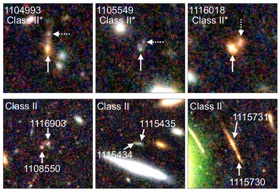



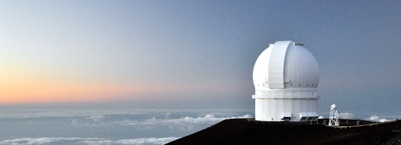
I am so excited by the amazing amount of very cool science that has already relied on CLAUDS data (22 papers as of today, with more submitted and in prep!), and the science still to come with the data in the hands of the community. And, now underway, the DEEP project with which, together with partners, we are building a contiguous 10 square-degree, multi-wavelength dataset in Euclid’s Northern Deep Field.

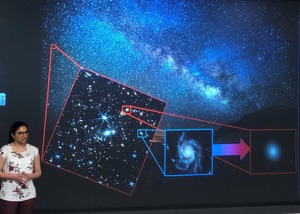
Well done, Shannon! Next step: regional TMT competition!



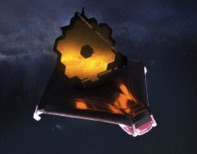

Back from an intense bout of research travel: CASCA 2023 (giving presentations on the JWST-CANUCS project and planned galaxy evolution surveys with CASTOR); a visit to the National Centre for Nuclear Research in Warsaw (seminar about JWST-CANUCS); and the European Astronomical Society annual meeting in Krakow (talks about CANUCS at the galaxy evolution session and the gravitational lensing session). It’s awesome to travel and tell people about the fantastic work our team is doing... but it’s also good to be back home at last.



Devin’s project, co-supervised by Ivana Damjanov and me, uses CLAUDS+HSC data to study how galaxy light profiles, particularly in their outer regions, change over the course of cosmic time. Conclusion: outskirts of galaxies grow through mergers.
Well done, Devin! Next stop: PhD from September!

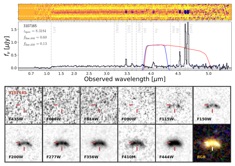
In a paper just posted on arXiv (here), we show that the recent claims that cosmology as we know it is dead are unlikely to be true. These claims (see here or here for some examples), were based on the apparent very high abundance of massive, evolved galaxies high redshift in early JWST data. Our work, led by post-doc Guillaume Desprez, has shown that the number of such massive evolved galaxies is much lower than claimed from early JWST data. The tension with cosmology - or other exotic explanations - is just not there. ( Phew! )
On the right are our JWST/NIRCam images and NIRSpec spectrum of one of such putative massive old galaxies: it’s neither massive nor old -- it’s star-forming (as the spectrum shows) and has relatively low mass.

